Optimal Timing for Windows Installations
Windows installations are performed to upgrade or replace existing operating systems, enhance security, improve performance, or set up new hardware. Timing can influence the success and convenience of the installation process, making it important to choose optimal periods for scheduling. Proper timing minimizes disruptions and ensures compatibility with other system components.
Spring and fall are often preferred due to moderate weather and fewer system disruptions from seasonal activities.
Scheduling during low-traffic periods reduces operational impact, especially for business environments.
Perform installations when hardware upgrades or replacements are planned to streamline the process.
Aligning Windows installations with maintenance windows minimizes downtime and user inconvenience.

Technicians performing system upgrades on-site.

Hardware components ready for installation or upgrade.
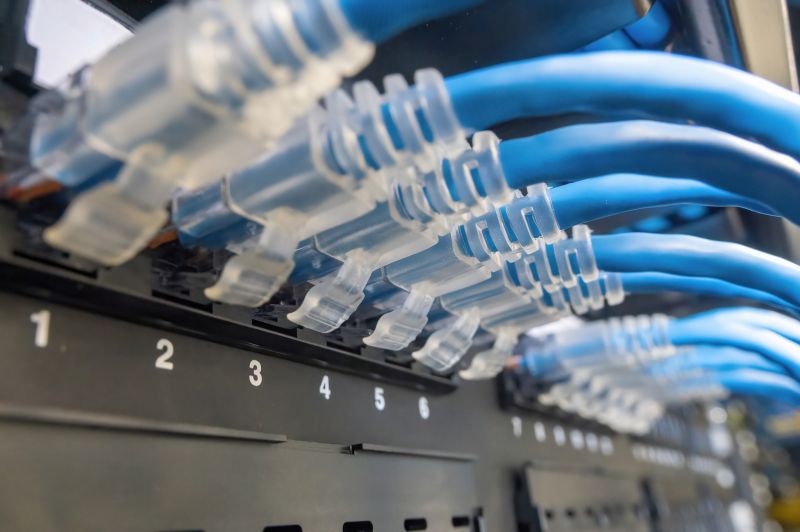
Stable network environment during system updates.

Ways to make Windows Installations work in tight or awkward layouts.

Popular materials for Windows Installations and why they hold up over time.

Simple add-ons that improve Windows Installations without blowing the budget.

Backup processes safeguard data during upgrades.

Server environment during OS setup.

End-user performing installation procedures.

System configuration after Windows setup.
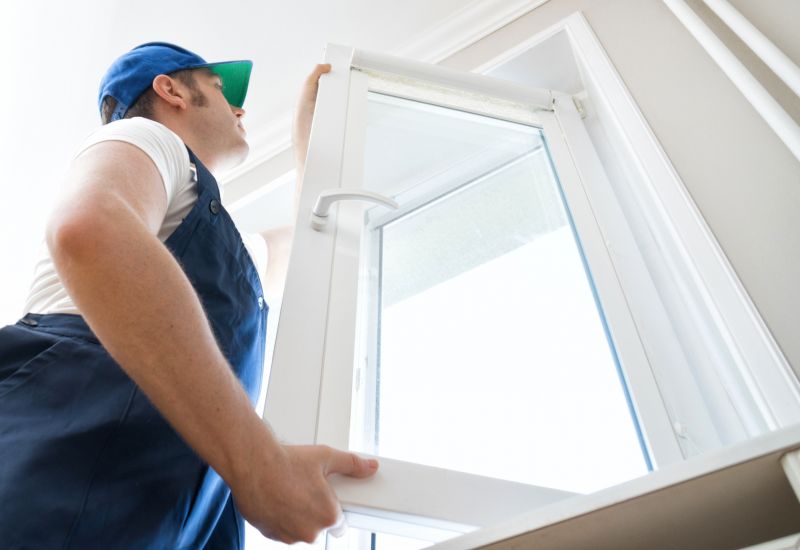
High-end options that actually feel worth it for Windows Installations.

Finishes and colors that play nicely with Windows Installations.
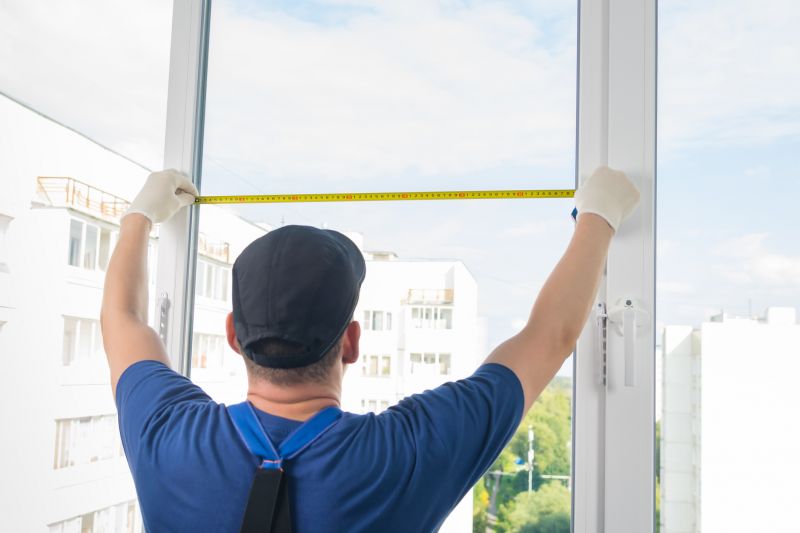
Little measurements that prevent headaches on Windows Installations day.

A 60-second routine that keeps Windows Installations looking new.
| Timing Consideration | Best Practices |
|---|---|
| Season | Spring or fall preferred to avoid extreme weather and system disruptions. |
| Business Cycle | Schedule during low-traffic periods to minimize operational impact. |
| Hardware Upgrades | Coordinate with hardware replacement or upgrades for efficiency. |
| Network Conditions | Ensure stable network access during updates. |
| Maintenance Windows | Align with planned maintenance to reduce downtime. |
| User Availability | Timing when users are least active for minimal interference. |
Understanding the optimal timing for Windows installations can lead to smoother transitions and less operational disruption. Proper planning considers seasonal weather, business cycles, hardware readiness, and network stability. These factors contribute to a more efficient and less stressful upgrade process, ensuring systems are current and secure.

Laptops undergoing OS upgrade.

Data being backed up prior to installation.

Technical staff installing Windows.

Verifying system stability after installation.

A frequent mistake in Windows Installations and how to dodge it.

Small tweaks to make Windows Installations safer and easier to use.
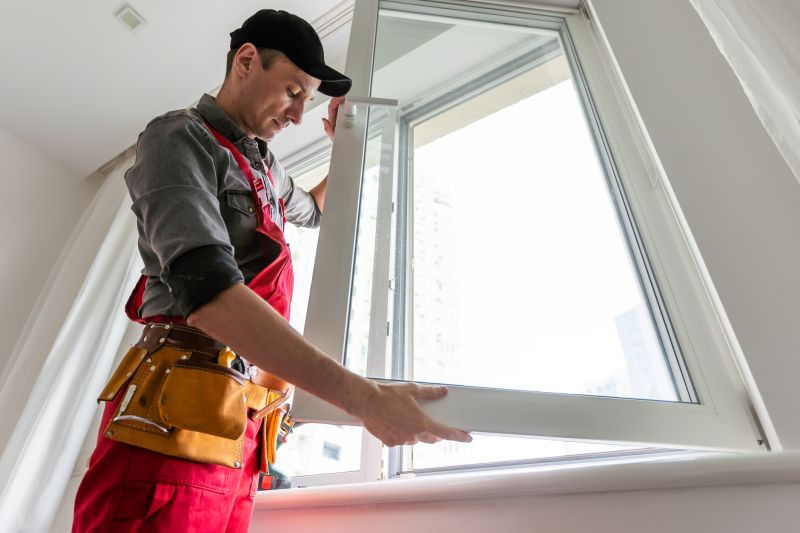
Lower-waste or water-saving choices for Windows Installations.
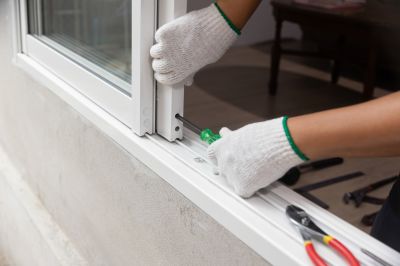
The short, realistic tool list for quality Windows Installations.
Individuals and organizations considering Windows installations should plan carefully to align with operational needs and system readiness. Proper timing ensures minimal downtime, improved security, and enhanced system performance. It is advisable to consult with IT professionals to determine the most suitable schedule for specific environments.
Interested in scheduling a Windows installation or learning more? Filling out the contact form can provide access to professional assistance tailored to specific needs. Proper planning and timing are key to a successful upgrade process.
